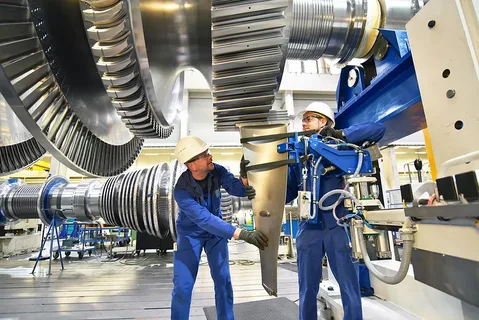What is the Ackermann Steering Mechanism

The interior front wheel of a moving vehicle must rotate at a side perspective than the outer wheel because their turning radii differ. A vehicle’s inner and exterior wheels are turned at the proper angles using the Ackermann steering system, which is a physical layout of connections in the steering.
This model may be parameterised entirely, allowing for component size and modification. The optimum Ackermann Angles in the Ackermann Steering Mechanism may be found using this model, serving as a valuable springboard for more study in Maple.
Need for Ackerman Steering Mechanism
Ackermann geometry eliminates the need for tyres to slide sideways when travelling around a curve. All of the wheels’ axles must be placed as the radii of rings with a single common centre to achieve the geometric solution. This centroid must fall on a line that extends from the back axle since the back wheels are fixed. When steering, the inner front wheel must be spun via a more significant angle than the outer wheel to intersect the axes of the rear wheels here online as well.
The two front wheels used to “turntable” steer around a single pivot, but now each wheel has its pivot located near its hub.
Advantages
Even though it is more complicated, this configuration improves controllability by preventing the application of substantial inputs from changes in the road surface to the end of a long lever arm and by significantly limiting the fore-and-aft motion of the directed wheels. The two wheels are connected by a linkage that allows them to pivot, and the Ackermann geometry may be roughly approximated by carefully arranging the connection size. To make the connection look as though the hubs’ steering arms were “toeing out,” it was necessary to make the track rod, which serves as the sliding link between the seats, shorter than the axle. According to Ackermann, the wheels spun as the steering moved, with the inner wheel spinning much more.
Design and geometry selection
The steering pivot points can be moved inward to lie on a demarcation line between the turning kingpins and the middle of the rear axle to approximate the ideal Ackermann steering geometry.
A stiff bar known as the tie rod connects the steering switching devices and can also function as part of the steering system, such as a rack and pinion. With perfect Ackermann, the centre of all circles drawn by all tires will lie at a single location at every steering angle. Designers are urged to outline and evaluate their steering systems because this may be challenging to organize in practice with simple links.
Conclusion
Rudolph Ackermann used Georg Lankensperger’s Ackermann steering in his horse-drawn carriages. He maintained a tie rod connecting two wheels at separate locations so they could turn at multiple angles. For one rotation to rotate independently of the other. Additionally, the steering system’s connections, consisting of one reference node and three moving links, appear like a trapezium.
This steering theory, developed by Ackermann, enables the vehicle to turn without slipping. The four-bar linkage mechanism used in the Ackermann steering system has been updated. The movement of the links and the angle at which the wheels are moved determine the Ackermann steering kinematics.